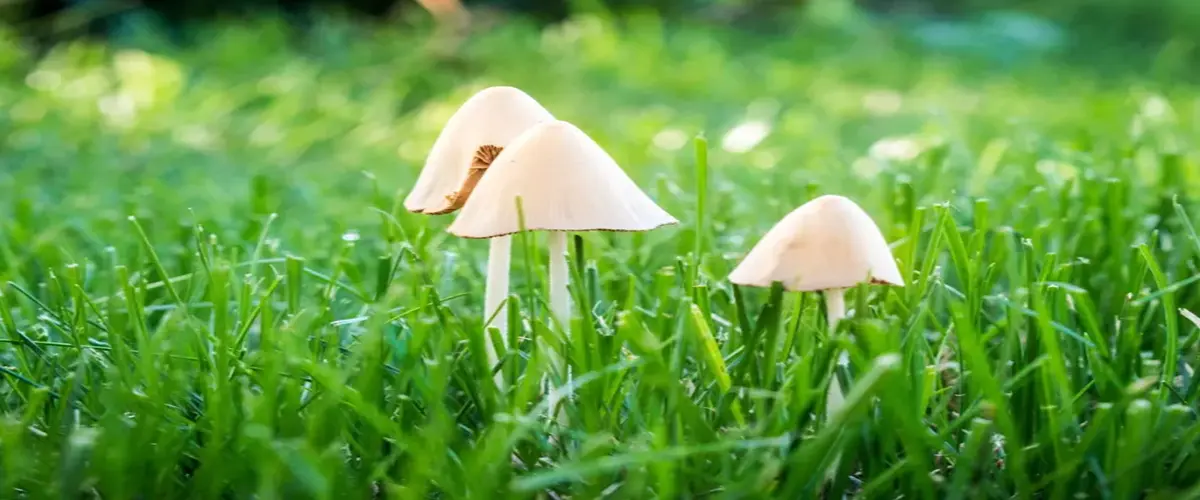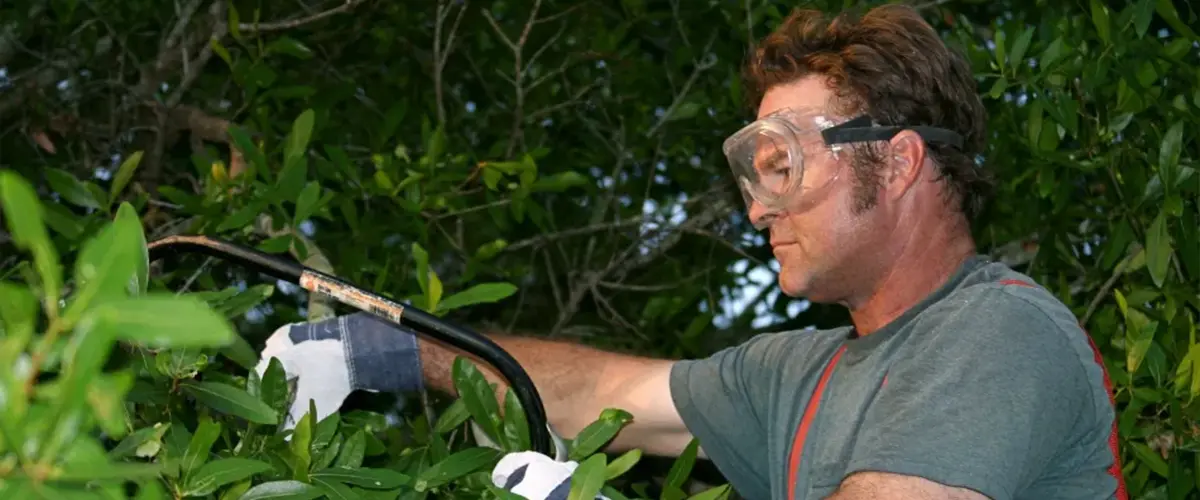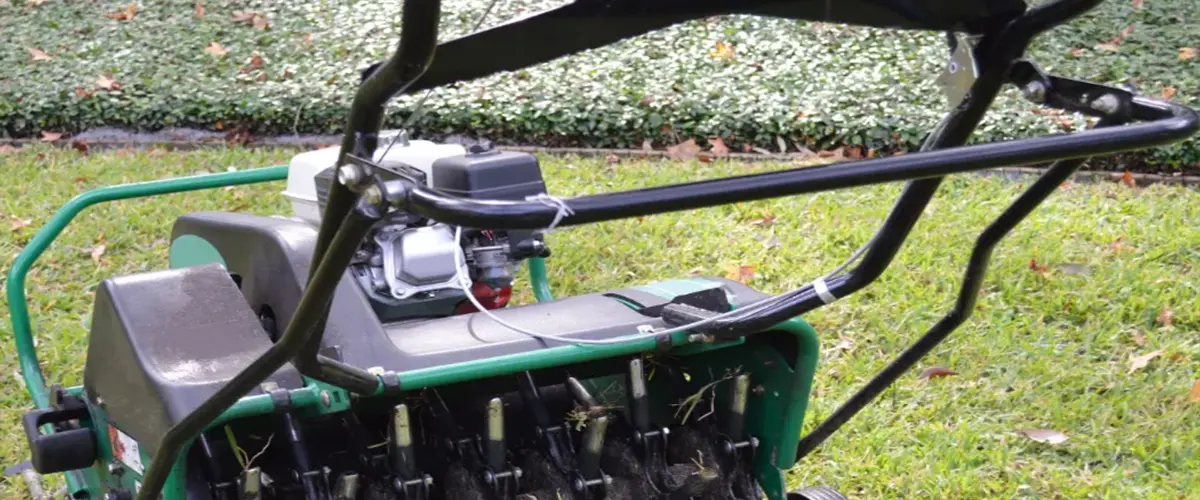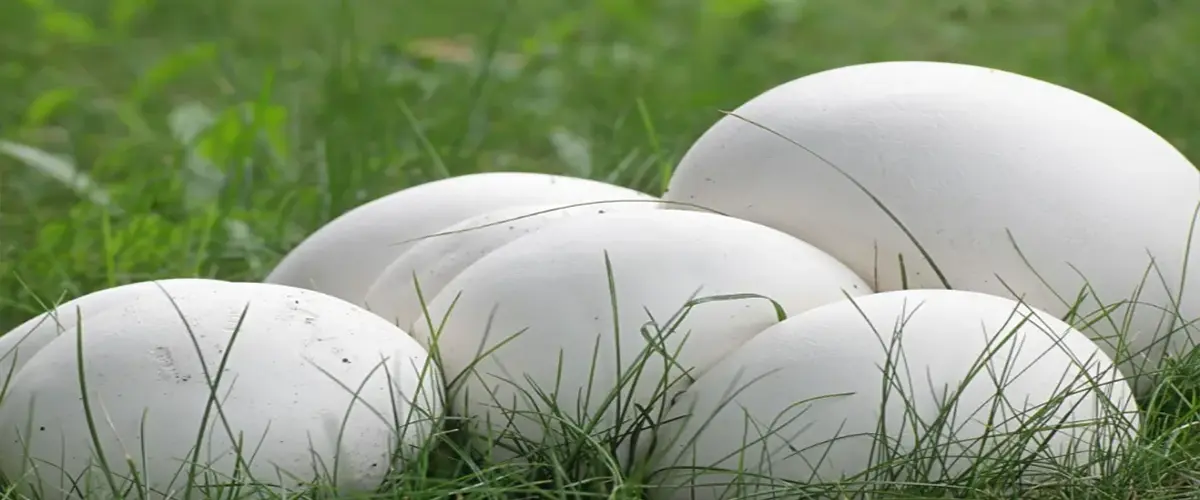
What Causes Mushroom Growth?
Mushroom growth is caused by moist conditions combined with high levels of nitrogen from decaying organic material like leaves or grass clippings in your soil. Poor drainage can also lead to this as it increases the amount of moisture available for fungi to thrive on.
Now that we have defined what mushrooms are and the conditions necessary for their growth, let’s take a look at how to get rid of mushrooms in 13 different ways.
How To Get Rid Of Mushrooms Growing In Your Yard In 13 Ways
1. Improve Your Yard Drainage
Improving your yard drainage is one of the simplest and most effective ways to get rid of mushrooms. By eliminating standing water and improving the aeration of soil in your yard, you can get rid of mushrooms quickly.
2. Reduce Shade In Your Yard

3. Remove Decaying Organic Material
4. Clear Out Thatch
Thatch is a matted layer of dead organic matter, such as grass clippings and leaves. Thatch tends to contain a lot of fungus spores that can quickly lead to the growth of mushrooms in certain areas, hurting your healthy lawn.
5. Aerate Your Yard

6. Use A Fungicide
When it comes to preventing mushrooms, a fungicide is often the most effective solution. For best results, select a fungicide specifically formulated to control mushroom growth. Apply it on a dry surface after watering the lawn deeply. Then, diligently follow all directions provided by the manufacturer since fungi can develop tolerance to certain fungicides if used repeatedly over time.
7. Remove Lawn Mushrooms By Hand
8. Use A High-Nitrogen Fertilizer

Sometimes a high-nitrogen fertilizer is all you need for effective mushroom removal. A high-nitrogen fertilizer will speed up the decomposition process for decaying organic material in your yard, thus removing the main food source for the mushrooms. Just remember not to overfertilize, as this can affect the overall health of your lawn.
9. Apply A Dish Soap Solution
10. Use A Baking Soda Solution
11. Killing Mushrooms With Vinegar
12. Treat Your Mulch

13. Only Water Your Yard In The Morning
What Are Mushrooms?
Are Mushrooms Growing In My Yard Dangerous?
Can You Eat Mushrooms Growing In Your Yard?
Common Yard Mushroom Types

Lawyer’s Wig
Puffball
Green-Spored Lepiota
Fairy Rings
Create Your Perfect Home Landscape With Farrell’s Lawn & Garden
If you’re ready to improve the look of your yard, reach out to the landscape experts at Farrell’s Lawn & Garden Center. Just fill out our contact form and let us get started on creating your perfect outdoor paradise today.
